Company Cyber Security Posture
NANA
NA Company Details
NA
NA
NA
NA
NA
NA
Scan still pending
NA
NA
Between 200 and 800
This score is AI-generated and less favored by cyber insurers, who prefer the TPRM score.
 NA Global Score
NA Global Score.png)

Company Scoring based on AI Models
| Model Name | Date | Description | Current Score Difference | Score |
|---|---|---|---|---|
| AVERAGE-Industry | 03-12-2025 | This score represents the average cybersecurity rating of companies already scanned within the same industry. It provides a benchmark to compare an individual company's security posture against its industry peers. | N/A | Between 200 and 800 |
Company Cyber Security News & History
| Entity | Type | Severity | Impact | Seen | Url ID | Details | View |
|---|
Company Subsidiaries

NA
Access Data Using Our API

Get company history
.png)
NA Cyber Security News
REMINDER: Mike Rogers “Made Good on his Quest to get Rich,” Sold Out Michiganders, and Spent “Nine Years Through the Revolving Door”
Business Insider: Rogers made an “explosion of immense wealth” by passing “through the 'revolving door,' advising companies on issues he ...
Mongolia Hosts Regional Conference of International Association of Prosecutors
President of Mongolia Khurelsukh Ukhnaa delivered the opening speech, stating, "The risks of cyberspace and cybersecurity are creating ...
IAPP Privacy. Security. Risk. 2025
A new event focused on digital regulation, risk and responsibility. Co-hosted by the Berkman Klein Center for Internet & Society at Harvard University and the ...
Bringing Zero Trust to Secure Remote Access
The coronavirus pandemic has put secure remote access technology in the spotlight as never before. In 2020, the WFH acronym was seared into ...
DMZ Networks Can improve Infrastructure Security
A key element of federal cybersecurity is a network demilitarized zone, or DMZ, which comes from the military term designating a neutral area ...
Details
Singapore Maritime Week 2024 - Fruitful Discussions at Maritime International Advisory Panel on Pathways and Measures to Strengthen the Maritime ...
Cyber Security Advisory - New Malware/ Suspicious Appl
News Archives · News Updates. Cyber Security Advisory - New Malware/ Suspicious Appl "Nebula Shopping" (Advisory No. 24) Cyber Security Advisory - New Malware/ ...
Uzbekistan to join the International Association of Prosecutors
Uzbekistan to join the International Association of Prosecutors · # Uzbekistan · # IAP · # Dilyor Khakimov. Related News. IUCN Representative ...

NA Similar Companies
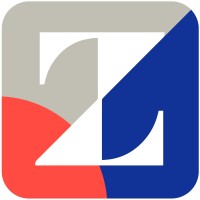
Zensar Technologies
Zensar stands out as a premier technology consulting and services company, embracing an ‘experience-led everything’ philosophy. We are creators, thinkers, and problem solvers passionate about designing digital experiences that are engineered into scale-ready products, services, and solutions to deli

Hitachi Vantara
Hitachi Vantara, a wholly-owned subsidiary of Hitachi, Ltd., guides our customers from what’s now to what’s next by solving their digital challenges. Working alongside each customer, we apply our unmatched industrial and digital capabilities to their data and applications to benefit both business an
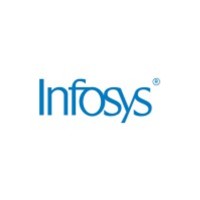
Infosys
Infosys is a global leader in next-generation digital services and consulting. We enable clients in more than 50 countries to navigate their digital transformation. With over three decades of experience in managing the systems and workings of global enterprises, we expertly steer our clients through
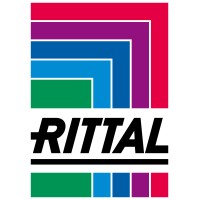
Rittal Data Centre
World leader in enclosure and IT infrastructure technology, Rittal continues to expand its product offering, providing data centre solutions and services in Australia and New Zealand. Famous for highest quality, German engineering, Rittal is a single source provider of complete data centre infras
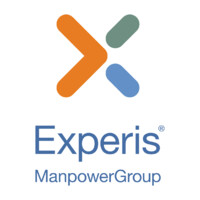
Experis Brasil
Talent and solutions to drive innovation. When it comes to IT, having the right talent and focus means you can harness the power of technology to make smarter, faster decisions; connect more strongly with your customers; and drive innovation in your marketplace. At Experis IT, our prowess in pro
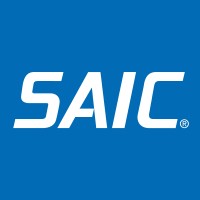
SAIC
SAIC® is a premier Fortune 500® technology integrator focused on advancing the power of technology and innovation to serve and protect our world. Our robust portfolio of offerings across the defense, space, civilian and intelligence markets includes secure high-end solutions in mission IT, enterpris

Frequently Asked Questions
Explore insights on cybersecurity incidents, risk posture, and Rankiteo's assessments.
NA CyberSecurity History Information
How many cyber incidents has NA faced?
Total Incidents: According to Rankiteo, NA has faced 0 incidents in the past.
What types of cybersecurity incidents have occurred at NA?
Incident Types: The types of cybersecurity incidents that have occurred include .
Additional Questions
What Do We Measure?
















Every week, Rankiteo analyzes billions of signals to give organizations a sharper, faster view of emerging risks. With deeper, more actionable intelligence at their fingertips, security teams can outpace threat actors, respond instantly to Zero-Day attacks, and dramatically shrink their risk exposure window.
These are some of the factors we use to calculate the overall score:
Identify exposed access points, detect misconfigured SSL certificates, and uncover vulnerabilities across the network infrastructure.
Gain visibility into the software components used within an organization to detect vulnerabilities, manage risk, and ensure supply chain security.
Monitor and manage all IT assets and their configurations to ensure accurate, real-time visibility across the company's technology environment.
Leverage real-time insights on active threats, malware campaigns, and emerging vulnerabilities to proactively defend against evolving cyberattacks.




